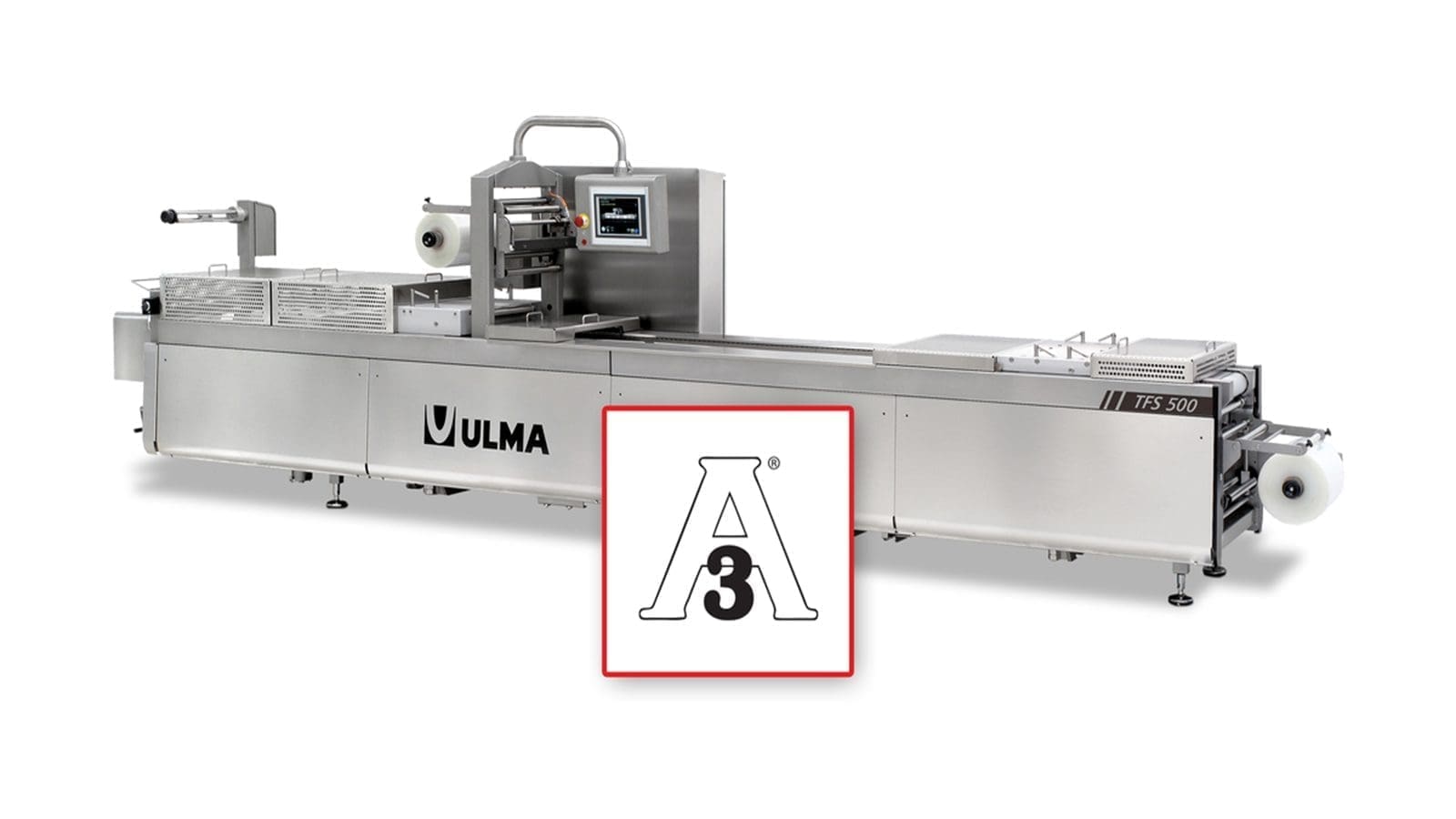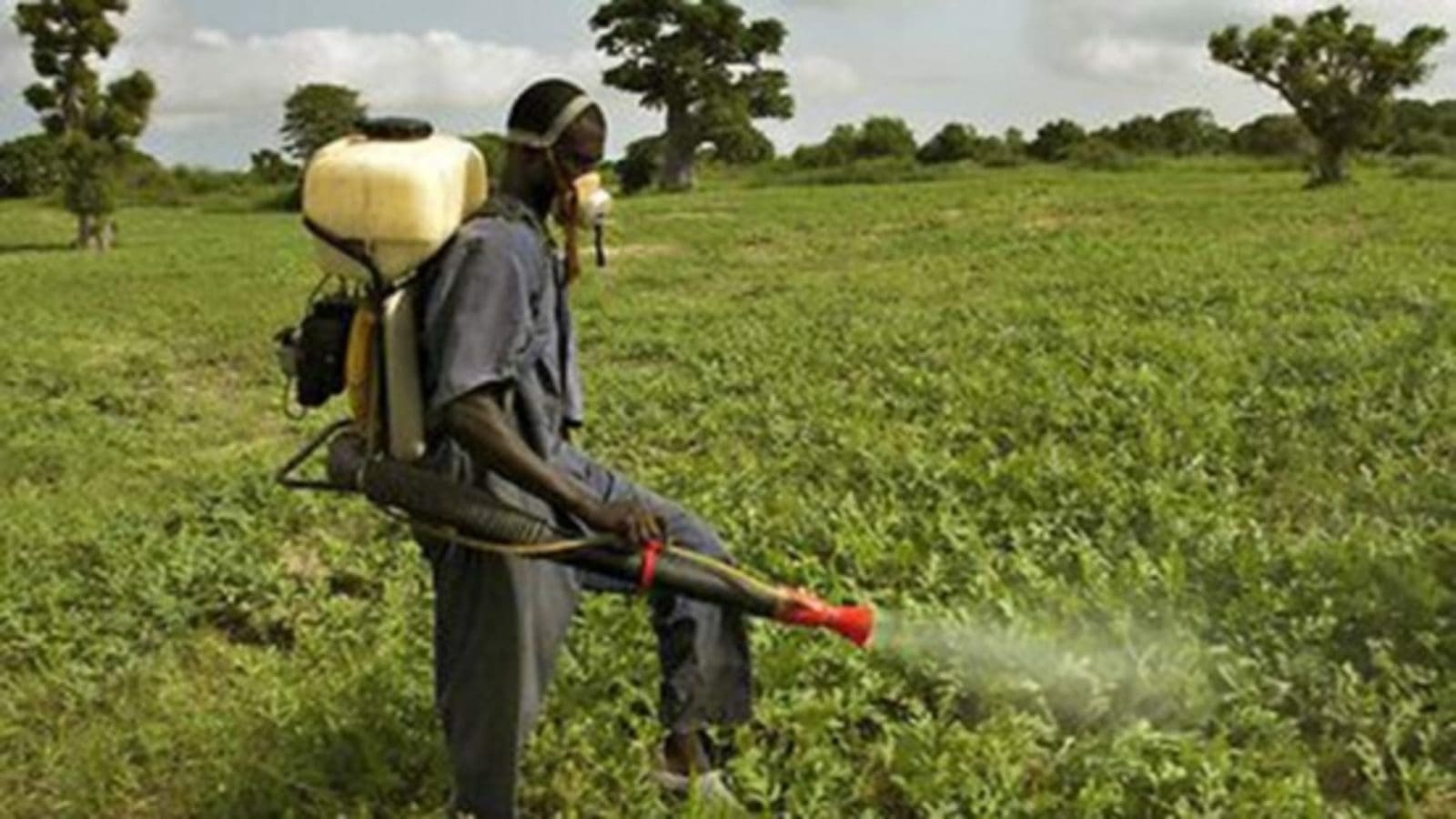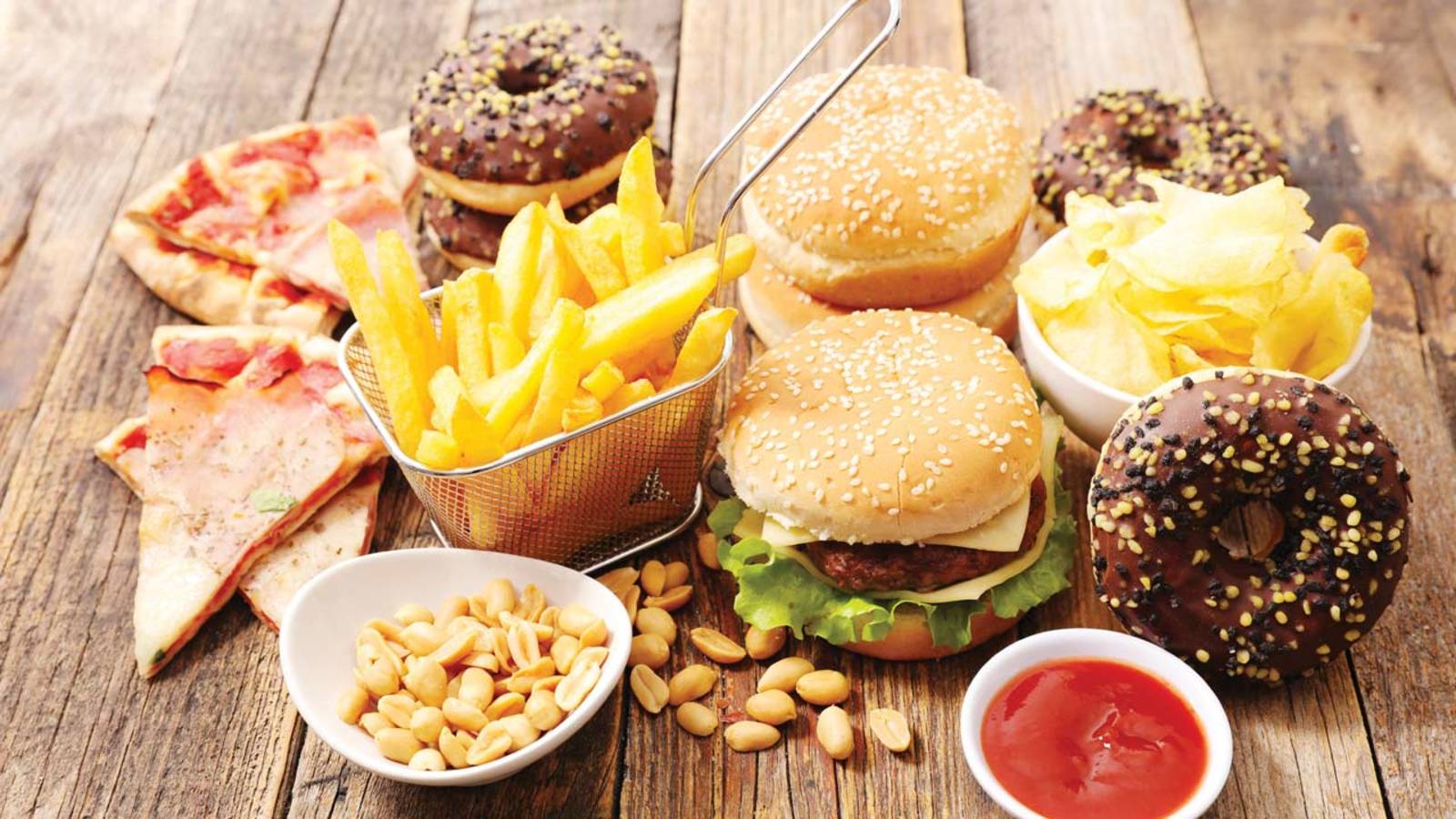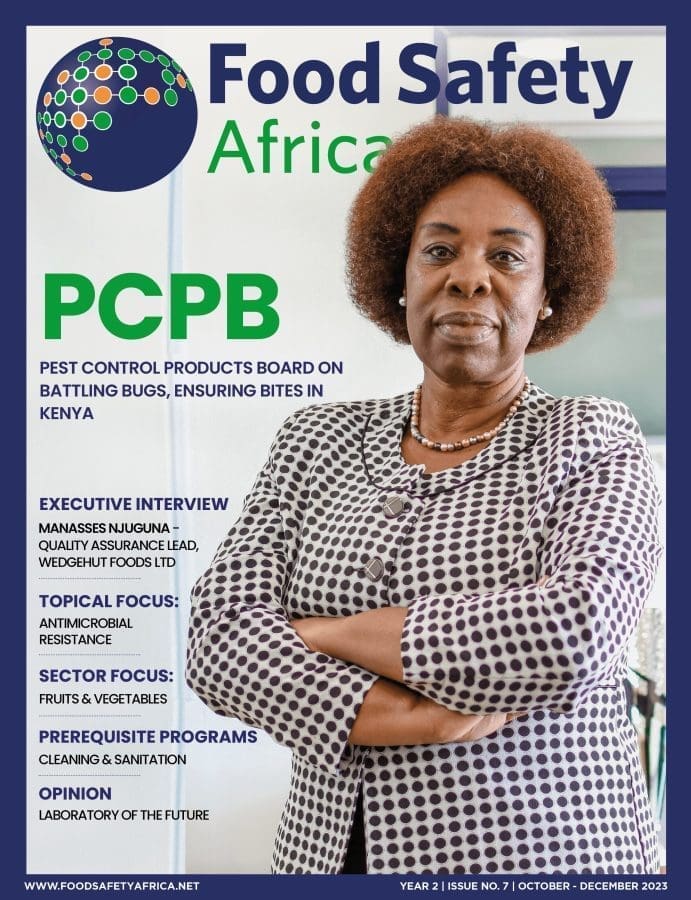U.S – Harpak-ULMA, a provider of smart, connected packaging systems, has announced it received 3-A Certification for three of its smart, connected thermoforming packaging platforms, the TFS500, 600, and 700 series.
Food safety is a number one priority for producers and consumers alike. Safety is predicated on the sanitary design of both equipment and facilities. While procedural controls are a key aspect of food safety practices, sanitary machine design is a fundamental building block to ensure foods are produced and packaged free of biological contaminants.
Introduced for commercial use in 1956, the 3-A Symbol is a registered mark used to identify equipment that meets 3-A Sanitary Standards for design and fabrication.
Voluntary use of the 3-A Symbol on dairy and food equipment conveys assurance that equipment meets sanitary standards, provides accepted criteria to equipment manufacturers for sanitary design, and establishes guidelines for uniform evaluation and compliance by sanitarians.
Harpak-ULMA’s certification effort is part of a broad-based, phased approach to offer this widely recognized certification as an option for customers who require adherence to the most demanding food safety guidelines.
While Harpak-ULMA packaging machines already adhere to all core principles of sanitary design including enabling microbiological cleansing, using compatible materials, wash-down capabilities, sealing crevices or hollow areas, and stopping condensation build-up, the 3-A certification designates an ultra-sanitary design.
“Sanitary design is a continuing, integral, and well-executed aspect of our smart, connected packaging solutions. However, more and more customers are demanding sanitary designs that embrace the highest possible standards and rely on 3-A design and safety criteria,” noted Ken Forziati, Harpak-ULMA TFS Product Manager.
3-A validated equipment ensuring product safety
Conforming to 3-A design, installation, and use criteria encompasses rigorous standards and guidelines for materials employed in contact surfaces, fabrication of both product and non-product contact surfaces, finishes, and cleaning and inspectability procedures.
All machines bearing the 3-A logo have been independently vetted by an accredited, independent credentialed authority – a Certified Conformance Evaluator (CCE) – thus assuring producers and inspectors alike of the design veracity.
Since innovative machine characteristics can and often do change, designs are audited on a regular basis, at a minimum of every five years, as reported by Businesswire.
“The regulatory agencies tasked with food plant inspection’s recognize the uniformity of design and construction principles included in 3-A standards.
“Equipment bearing a 3-A logo results in inspections that are more sophisticated, consistent and reliable – which creates value for consumers, producers, and equipment manufacturers alike,” said Mel Jolly, a well-known, equipment hygienic expert and CCE.
Forziati pointed out that producers that utilize 3-A validated equipment reduce the probability – and liability – of contaminated products making it out the door.
“The 3-A standards organization has been evolving since the 1920s. The current 3A SSI Inc., reorganized in 2002, enjoys industry recognition and acceptance world-wide.
“That made its standards the logical choice for ultra-sanitary versions of our TFS lines. We’ll continue to extend this approach to offer it as an option for our most popular platforms,” he said.
Liked this article? Subscribe to Food Safety Africa News, our regular email newsletters with the latest news insights from Africa and the World’s food safety, quality and compliance. SUBSCRIBE HERE








